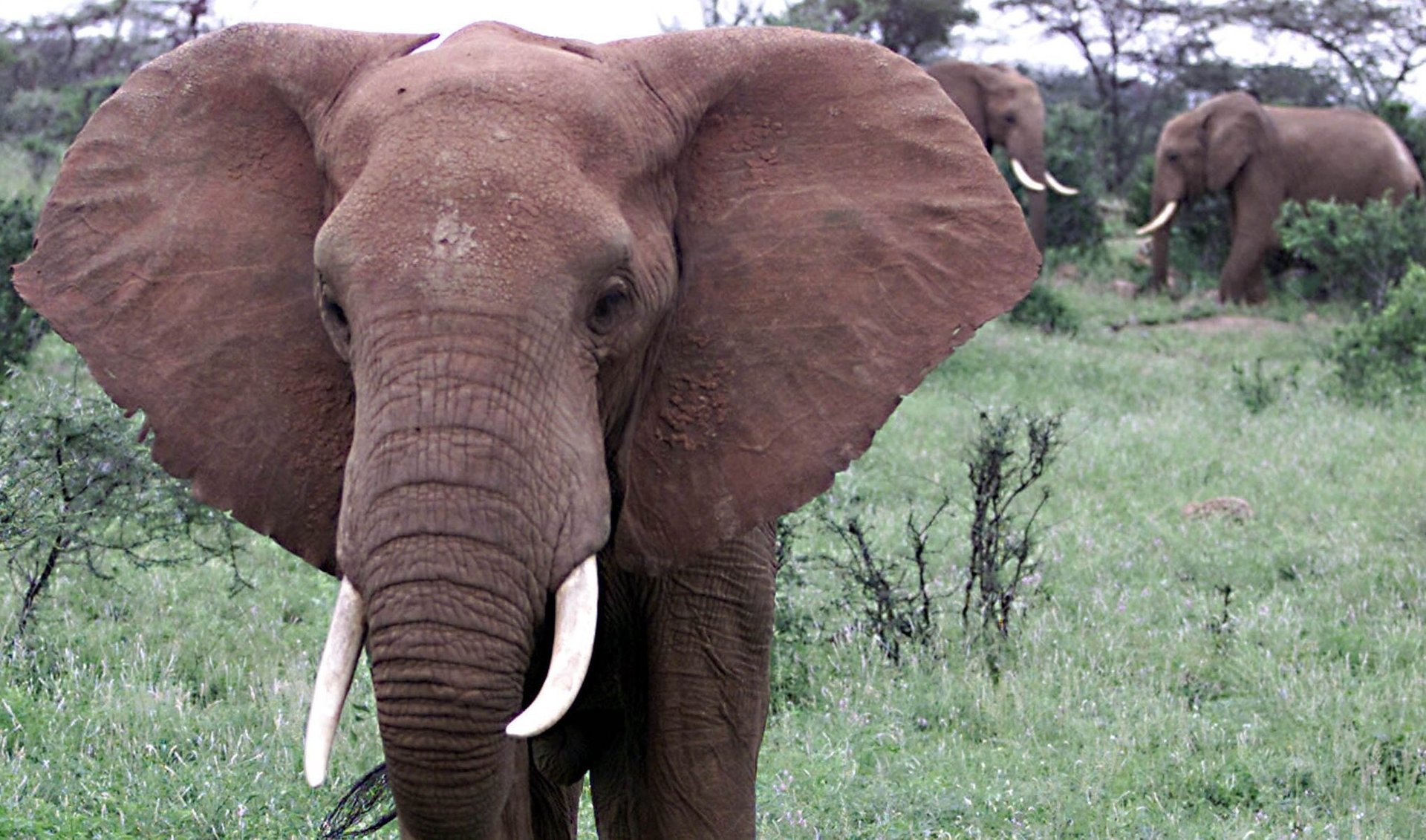Scientists have uncovered an evolutionary tool elephants use to stay cancer-free
Once they got into the laboratory, the scientists didn’t hold back.


Once they got into the laboratory, the scientists didn’t hold back.
The elephant tissue they’d collected was divided into several petri dishes, and then the researchers purposefully infected them with a slew of known carcinogens, curious about whether the tissues would become ridden with cancer cells.
They didn’t. And that is helping to give us a clearer understanding of why elephants seem to be less likely than many other animals—including humans—to suffering from cancer at all. The findings of the University of Chicago research team were published this week in the journal Cell Reports.
For a long time, scientists assumed that bigger animals had a greater likelihood of developing cancer. And their reasoning seemed solid. The bigger an animals is, the more cells it has. More cells means more opportunities for one of them to be corrupted.
That idea was eventually dismissed when scientists began comparing cancer prevalence rates among different species. One of those species happens to be the elephant, which under the old theory, should be highly susceptible to cancer. Yet elephants are estimated to have a cancer mortality rate that’s lower than 5%, compared to the 11% to 25% seen in humans.
So what’s the pachyderm’s secret? Turns out it’s gene known as TP53, an anti-cancer gene that, once it detects damage to a cell’s DNA, essentially instructs the cell to either fix the problem or die entirely. If the DNA can’t be fixed, TP53 triggers another gene, known as LIF6, to target a cell’s mitochondria. By causing the insides of the mitochondria to leak out, LIF6 kills off the cell. Most mammals have TP53, but only a couple of copies. Elephants have about 20, which means they are better prepared to tackle the threat of cancer earlier than most creatures.
Whether this new knowledge can contribute to the bigger fight against cancer in humans remains to be seen. Figuring out how to use the evolutionary tools of elephants is the hurdle. On the other side could lay interesting new techniques for stopping cancerous cells before they can wreak havoc on the body.